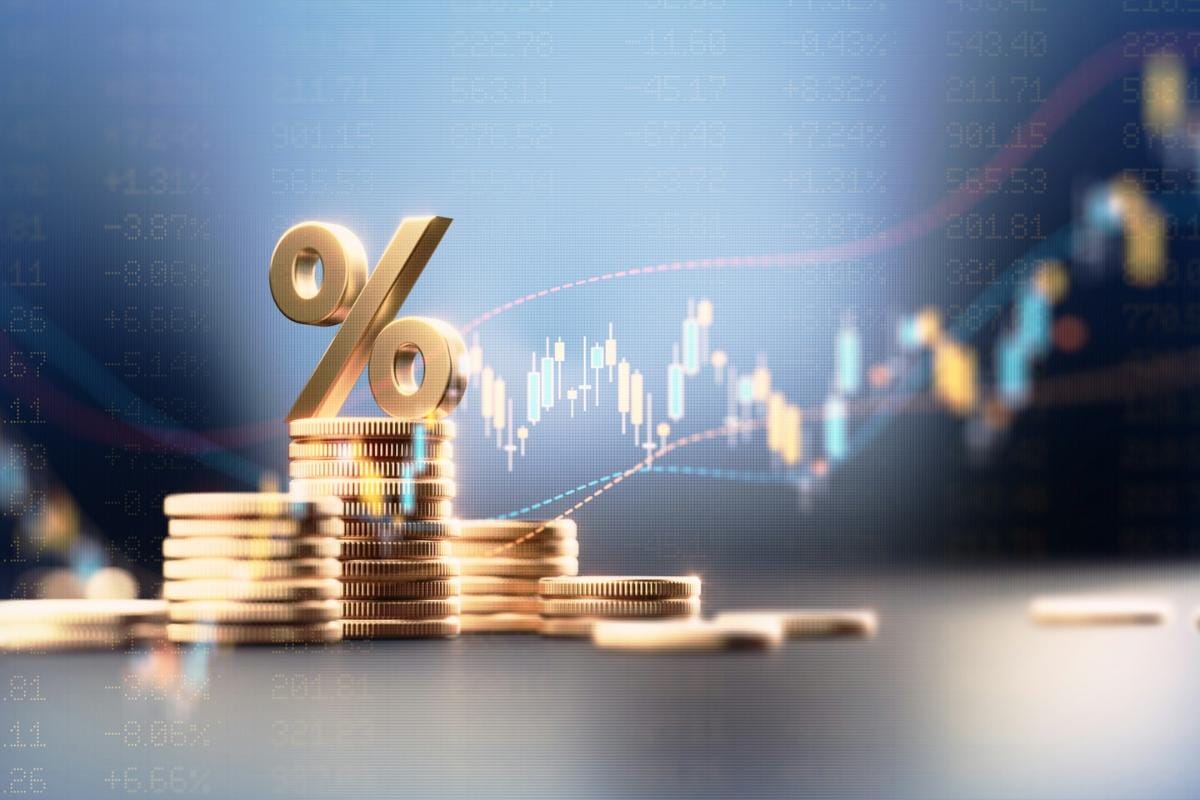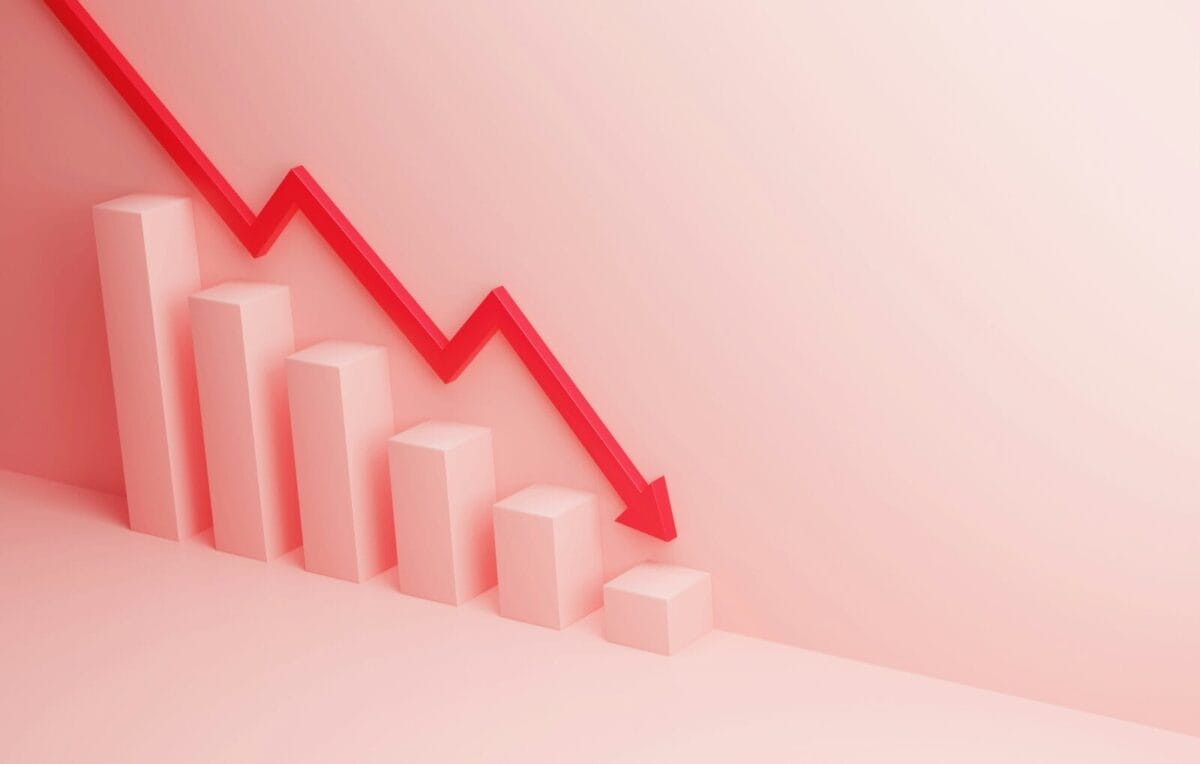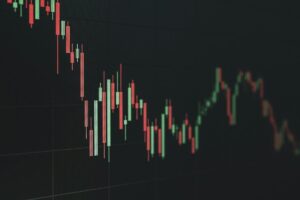After hitting record highs near USD 4,400 per troy ounce, gold saw a sharp correction this week. Claudio Wewel, FX Strategist at J. Safra Sarasin Sustainable Asset Management, attributes the pullback to profit-taking amid easing trade tensions and a stronger dollar, but says gold’s medium-term outlook remains strong given persistent geopolitical risks and ongoing investor demand.
Tuesday’s correction comes after gold traded at new all-time highs of nearly USD 4’400 per troy ounce on October 20. The precious metal has added 11% in September alone and another 12% in October before selling off on 21 October 2025.
The sell-off can be attributed to broader profit-taking, triggered by a combination of factors. The political news flow has recently turned more benign, with President Trump’s indications earlier this week that there could be a US-China trade deal – though it will probably not be very comprehensive. Additionally, the Wall Street Journal reported that the Trump administration is allegedly ‘tiptoeing away’ from some of its tariffs imposed on imports, particularly those on goods that the US does not produce itself. Consequently, this has spurred a moderate risk-on movement in equities markets, reducing demand for safe havens. Notably, the profit-taking is also occurring amid a stronger US dollar and as markets are awaiting the release of US inflation data on Friday. Any upward surprise could dampen rate cut expectations.
While the next days will likely be volatile, we believe that the fundamentals for a further rise in the gold price remain intact in the medium and longer term. Geopolitical uncertainties remain very elevated, which is underscored by the cancellation of the Trump-Putin meeting in Budapest. It is unlikely that the US-China conflict can be resolved, so it is probably only a matter of time till the truce breaks again. Gold remains under-owned, hence previously inactive investors are expected to continue turning to gold and build allocations. Institutional purchases should remain another key factor and should provide a floor to the gold price, as central banks seek to diversify their reserves away from dollar assets and are likely to buy into dips opportunistically. A growing interest among stablecoin issuers and a broader shift out of crypto assets represent further upside risks.















